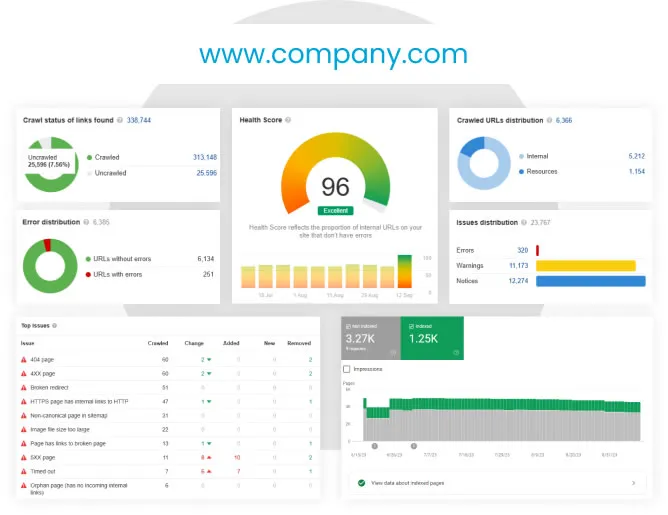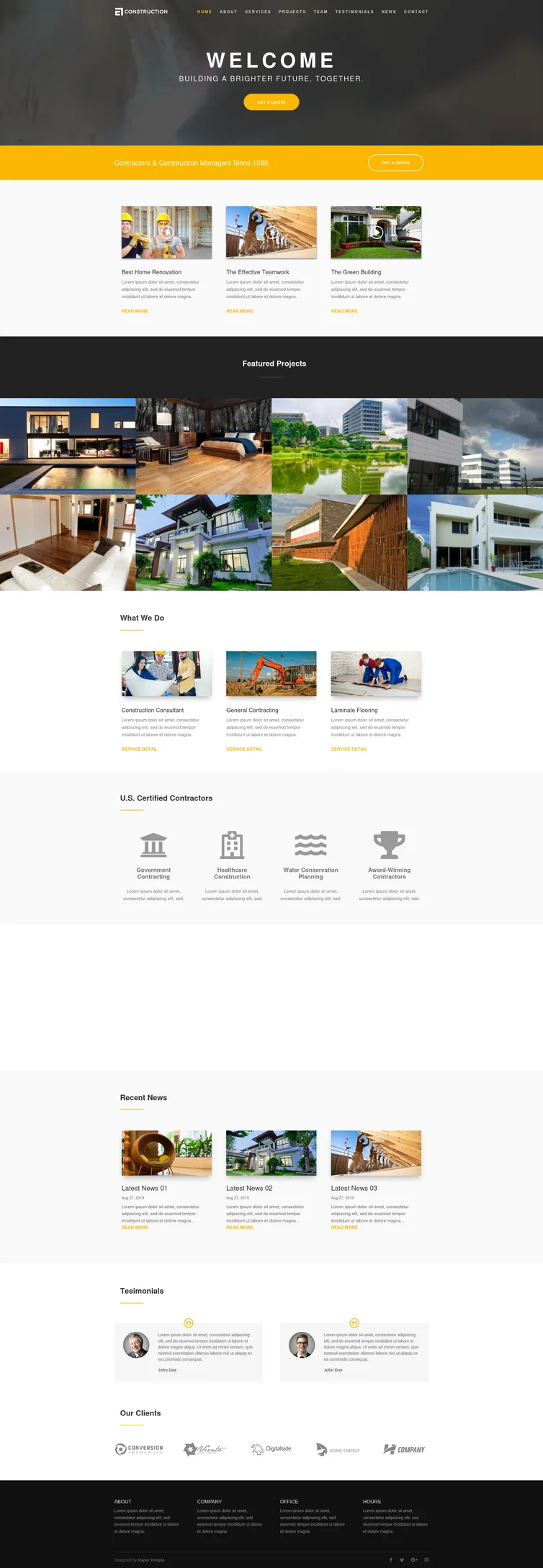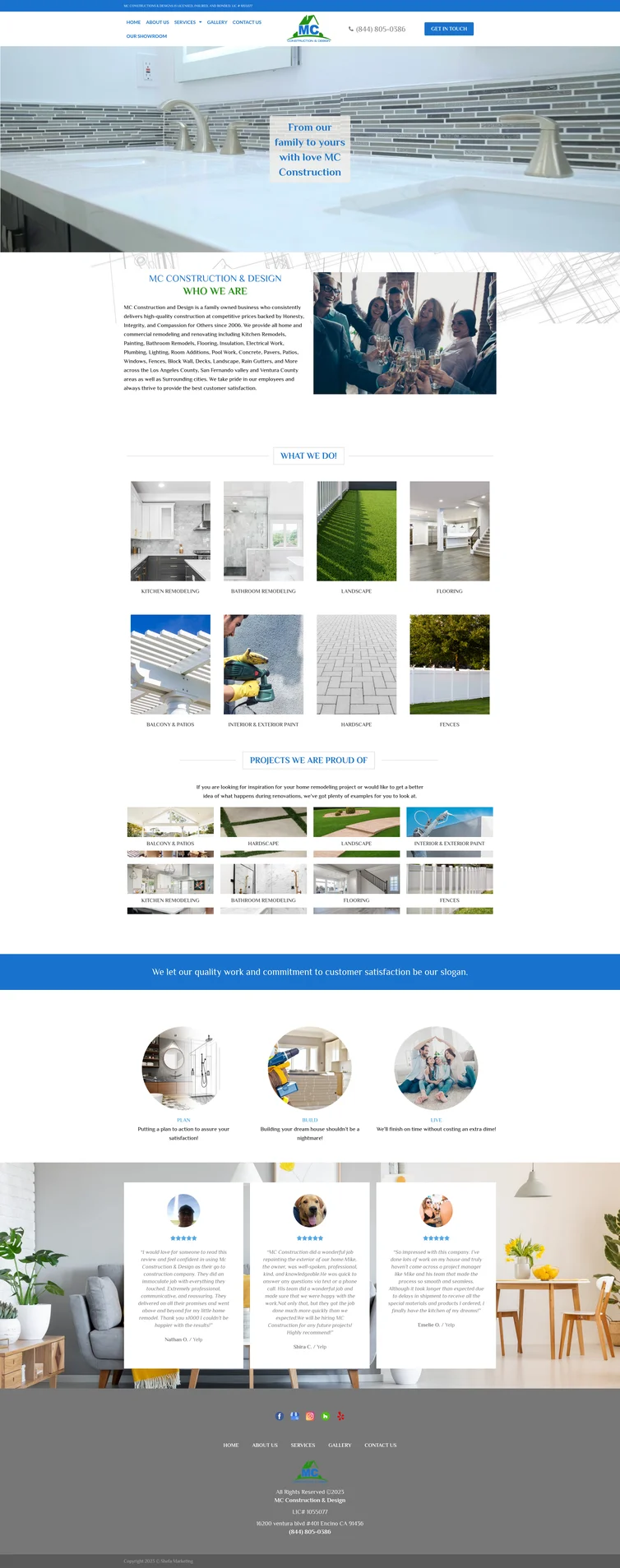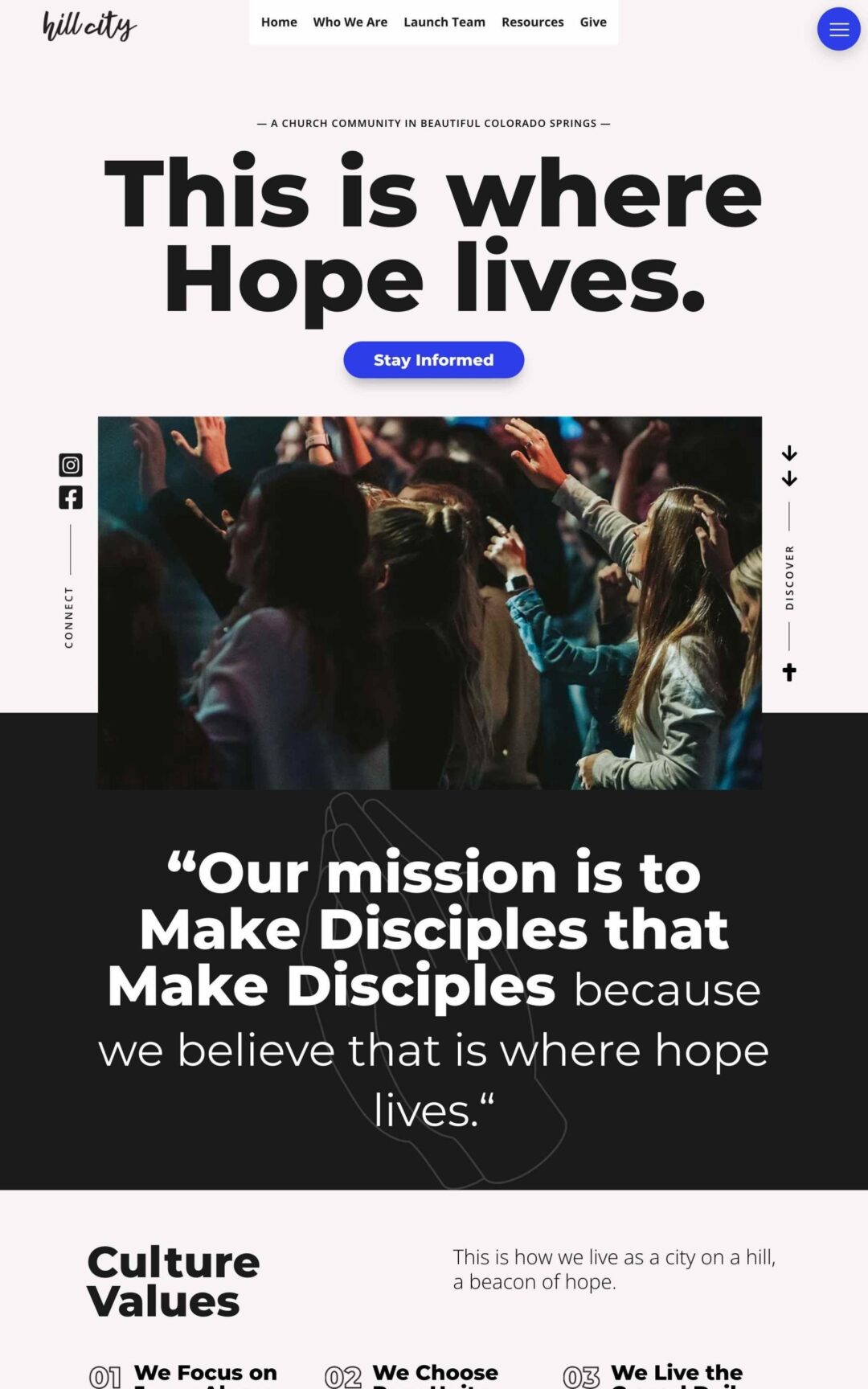Creating a website for your small business in South Texas is a crucial step toward establishing an effective online presence. But did you know that color selection can significantly impact your website’s ability to attract and retain customers? At Ericks Webs Design, we understand that colors are not just about aesthetics; they are powerful tools for communication and influence. In this blog post, we’ll explore the best colors for business websites, so you can create an online space that resonates with your target audience.
The Psychology of Colors
Before diving into specific colors, it’s essential to understand the psychology behind color choices. Colors evoke emotions and behaviors; they can inspire trust, excitement, or even urgency. For example:
- Blue: Often associated with trust and professionalism, making it popular among financial institutions and health services.
- Red: Evokes excitement and energy, often used by brands looking to evoke strong emotions, like restaurants or entertainment companies.
- Green: Represents growth and health, which suits businesses in the natural or wellness industries.
So, how can you use this information to enhance your business website?
1. Understand Your Brand Identity
Every brand has its unique personality. Before deciding on colors, think about your brand’s identity. Are you a fun, trendy café like Palazzo’s Coffee House in McAllen or a serious accounting firm like Cohen & Associates Tax Advisors? Your website color palette should reflect your brand values and create a consistent experience for your customers.
For instance, if your brand aims to attract eco-conscious customers, earthy tones like greens and browns can resonate well. In contrast, a home décor boutique targeting a youthful audience might choose vibrant colors like coral and turquoise for their website.
2. Consider Your Target Audience
Your target audience’s preferences play a significant role in color selection. Local businesses in McAllen, like Las Palmas Mexican Restaurant, have successfully used bright, warm colors to create an inviting atmosphere that reflects their vibrant cuisine and culture.
On the other hand, a beauty salon such as Pure Bliss Spa might opt for softer hues like pastels or neutrals that convey a sense of tranquility. Researching your target demographic – their age, gender, preferences, and cultural influences – can help you choose colors that appeal to them.
3. The Importance of Contrast
Color contrast is vital for readability and user engagement. A good rule of thumb is to use contrasting colors for text and backgrounds. For example, a light background with dark text (or vice versa) makes information easier to read.
If you’re setting up a website for your construction business, such as JB Custom Builders, consider using dark blues for text on a light beige background. This not only creates a professional appearance but also helps your content stand out.
In addition to readability, contrast can guide users’ attention to important calls to action (CTAs) like “Contact Us” or “Get a Free Quote.” Using a bright green or orange for these buttons can make them pop and encourage users to take action.
4. Create a Cohesive Color Palette
A cohesive color palette enhances brand recognition and creates a visually pleasing experience for visitors. Aim for a primary color, a secondary color, and one or two accent colors. For instance, Fajita Factory, a local favorite, uses a primary color of red, combined with orange and yellow accents, to create an inviting and warm atmosphere that reflects the vibrant culture of Tex-Mex cuisine.
When choosing your color palette, online tools like Adobe Color or Color Hunt can help you explore various combinations that align with your brand’s mission while remaining appealing to your audience.
5. Test and Iterate
Lastly, once you chose your color scheme, don’t be afraid to test it out! Monitor metrics such as bounce rates and conversion rates. For example, if you’re running a flower shop like Ellie’s Flowers, try experimenting with different color palettes on your website over time to see which resonates with customers and yields the best results.
Additionally, gather feedback from customers and friends. Their perspective may provide valuable insights that can help refine your color choices further.
Conclusion: Color Your Business Website with Care!
Choosing the right colors for your business website is not just a creative endeavor; it’s a strategic decision that can enhance user experience and drive conversions. Understanding the psychology of colors, knowing your brand identity, considering your audience, ensuring contrast, and iterating can all help transform your website into a compelling digital storefront.
If you need guidance or assistance in selecting the best colors for your business website, Ericks Webs Design is here to help! We’re committed to helping small business owners in McAllen and throughout South Texas enhance their online presence through professional web design that captures their unique brand identity.
Sign Up for a Free Consultation!
Ready to elevate your online presence? Contact us today to schedule your free consultation. Let’s work together to create a website that shines and truly represents your business!
Design





























